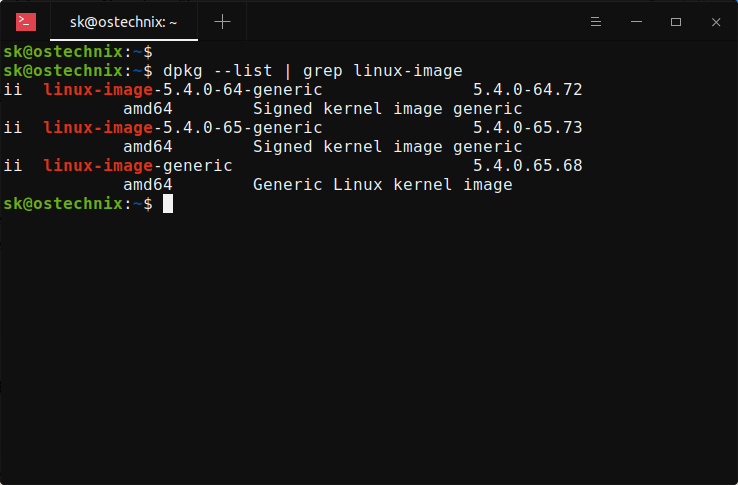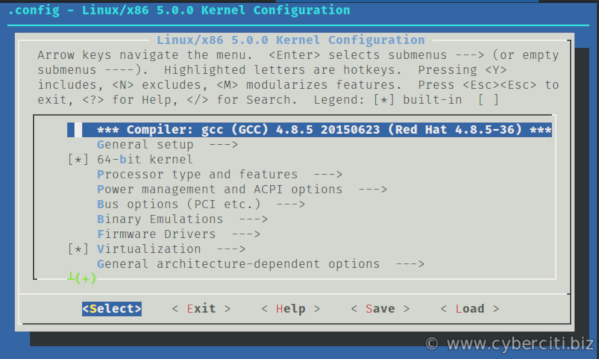
- #Linux 7.5 kernel build and nvidia how to
- #Linux 7.5 kernel build and nvidia pro
- #Linux 7.5 kernel build and nvidia mac
#Linux 7.5 kernel build and nvidia how to
There was an entire README with how to set this up and it took a few minutes to read through, find the BIOS setting, and reboot the platform. Like many other 13th Gen Intel Core platforms, this platform is getting in-band ECC memory support. We were finishing up our review of this unit, and then we got a new BIOS and a note from the LattePanda folks. Again, this is faster than Raspberry Pi 4B storage. This is not the largest, or fastest SSD, so there are options here.

We wanted to quickly show that the WD Black SN770 500GB SSD is actually running at PCIe Gen4 x4 speeds.
#Linux 7.5 kernel build and nvidia pro
LattePanda Sigma Windows 11 Pro CrystalDiskMark Here is a CrystalDiskMark run with the WD Black SN770 500GB SSD. We mentioned this earlier, but the SSD this unit came with is a midrange PCIe Gen4 NVMe SSD. If it costs $100 for a Raspberry Pi 8GB a case, some kind of heatsink, a power supply, and so forth, there is a strong case to be made that the LattePanda is more in-line with a cluster of Raspberry Pi’s in terms of performance. The LattePanda Sigma would only have ~5x the network speed with dual 2.5GbE ports, but that is still very good. On a multi-threaded score, it is around 15x faster. Here we can say the LattePanda is about 7.5x the speed of a Raspberry Pi 4 single-thread. LattePanda Sigma Vs Raspberry Pi 4 B Geekbench 6.1 On the Raspberry Pi side, things get more interesting. In the accompanying video, one can see both running in the background.
#Linux 7.5 kernel build and nvidia mac
We will quickly note that the Apple Mac Mini M2 Pro is faster. Again, both make great desktop platforms. Apple probably has better overall acceleration capabilities, but in raw CPU performance, this is a SBC that can eke out gains. The LattePanda Sigma using an Intel chip has a different type of acceleration than on the Apple M2. LattePanda Sigma Vs Mac Mini M2 Geekbench 6.1 Here, the Apple Mac Mini M2 pulls ahead on the single-thread performance, but falls on the multi-thread performance. LattePanda Sigma Vs Mac Mini M2 Geekbench 5.5 Just for some quick point of comparison, here is this SBC versus a smaller Raspberry Pi and an Apple Mac Mini M2. The Intel Core i5-1340P is using more power, but we are getting more performance for it. Looking at chips like the Celeron N5105, J6413, and N100/N200 we can see a massive gap in performance. Here are the verify results: Intel Core I5 1340P OpenSSL Verify Benchmark We first look at our sign tests: Intel Core I5 1340P OpenSSL Sign Benchmark This is an important protocol in many server stacks. OpenSSL is widely used to secure communications between servers.

That is an area where charts show differences that are hard to perceive. From a desktop use case, one would be unlikely to notice a difference. That is correct, however, in real-world usage, there is very little difference. Some may look to chips like the Core i7-1360P and note they are faster. Intel Core I5 1340P 7zip Compression Benchmark We started using the program during our early days with Windows testing. 7-zip Compression Performanceħ-zip is a widely used compression/ decompression program that works cross-platform. For managing workloads, it is a great core configuration and is at a sweet spot for performance that we have seen devices target over the years, this is just hitting that at a lower power target. Here we have many cores, but we are also limited to a 28W power budget. We are expressing results in terms of compiles per hour to make the results easier to read: Intel Core I5 1340P Linux Kernel Compile Benchmark The task was simple, we have a standard configuration file, the Linux 4.4.2 kernel from, and make the standard auto-generated configuration utilizing every thread in the system.

This is one of the most requested benchmarks for STH over the past few years. Python Linux 4.4.2 Kernel Compile Benchmark Let us be clear, while this is a SBC, users not playing intensive games will think this is an awesome desktop-level CPU performance. That can hit turbo clocks in the mid-4GHz range. With 4x P-cores (8 threads) and 8x E-cores this is a 12 cores 16 thread CPU. In terms of performance, that is where things really shine thanks to the Intel Core i5-1340P processor.


 0 kommentar(er)
0 kommentar(er)
